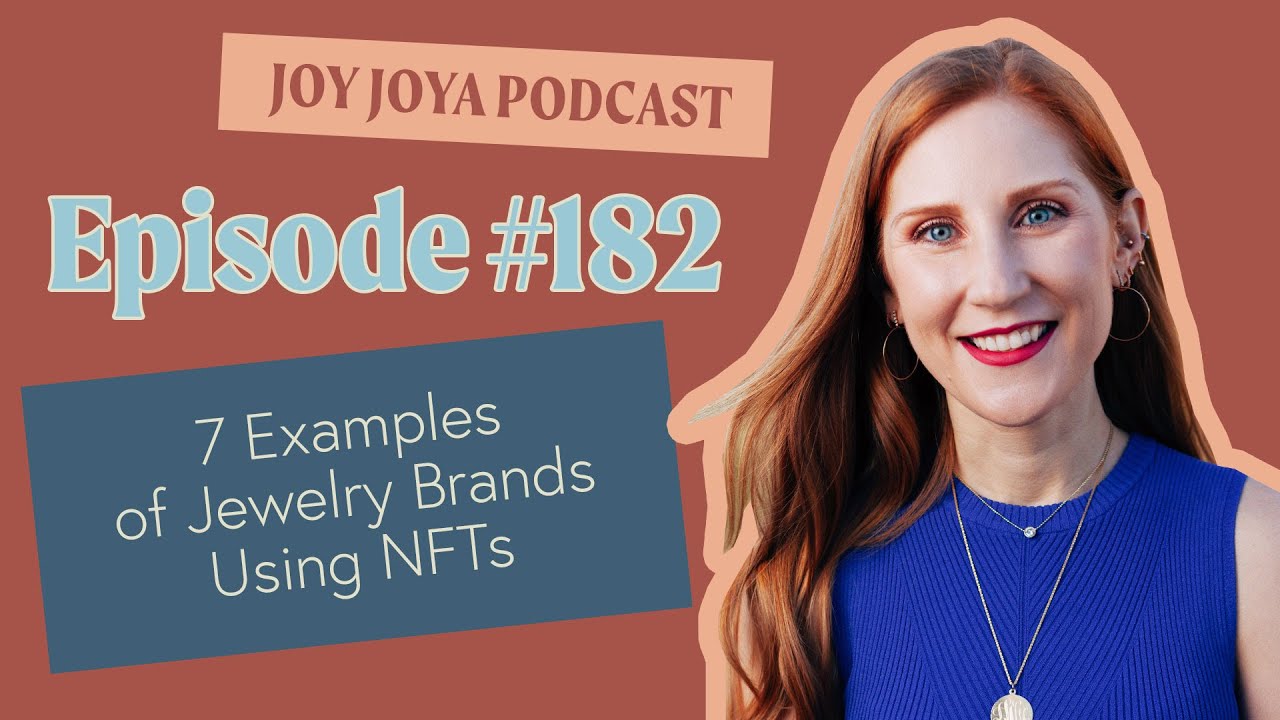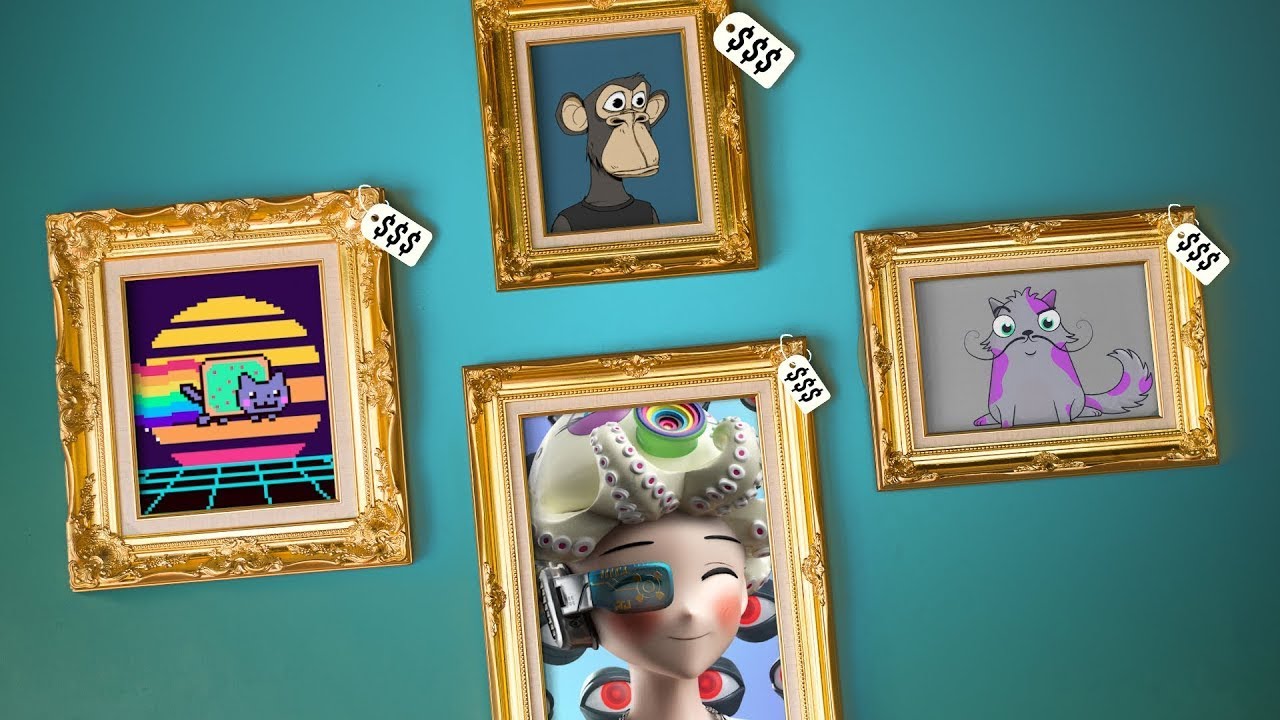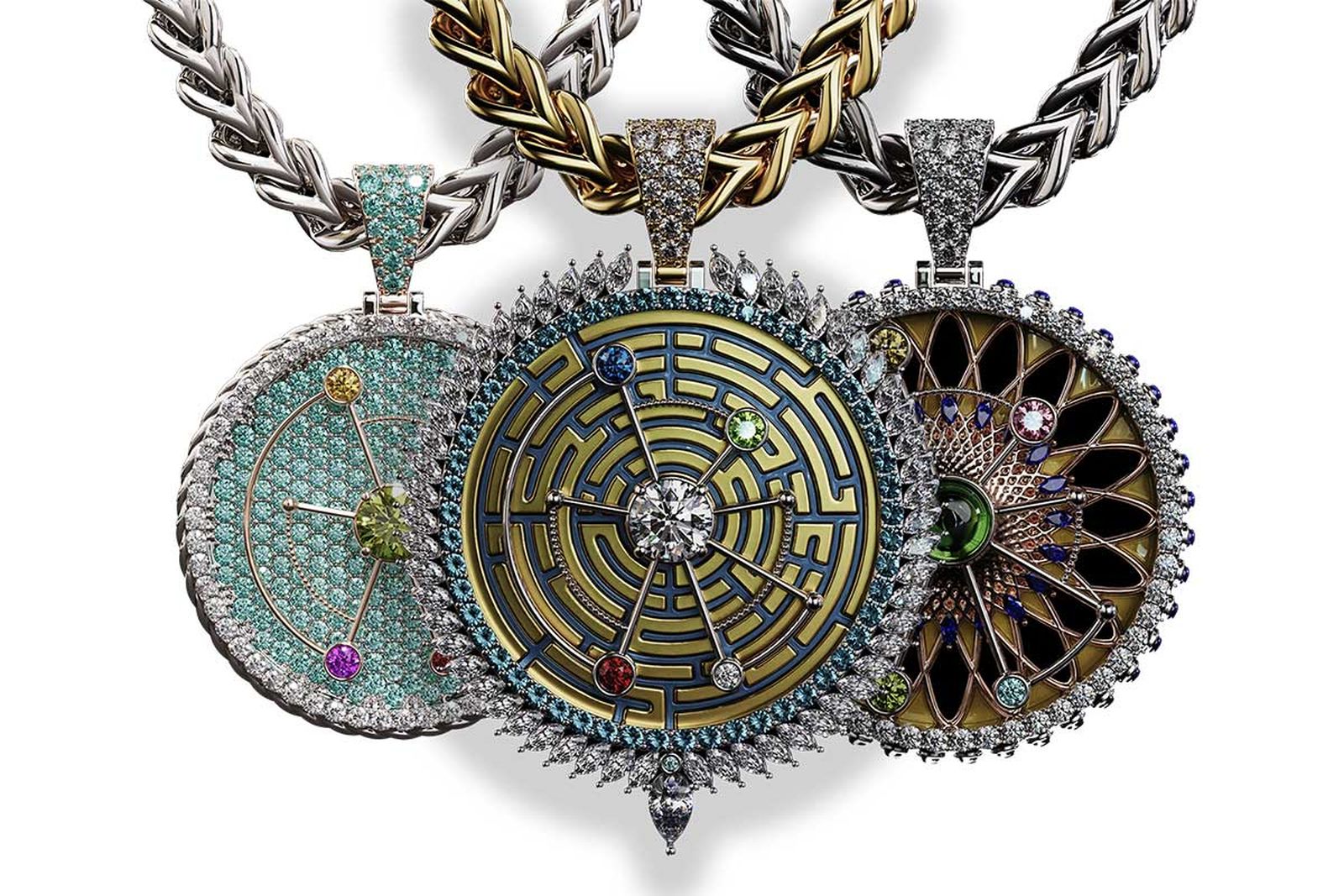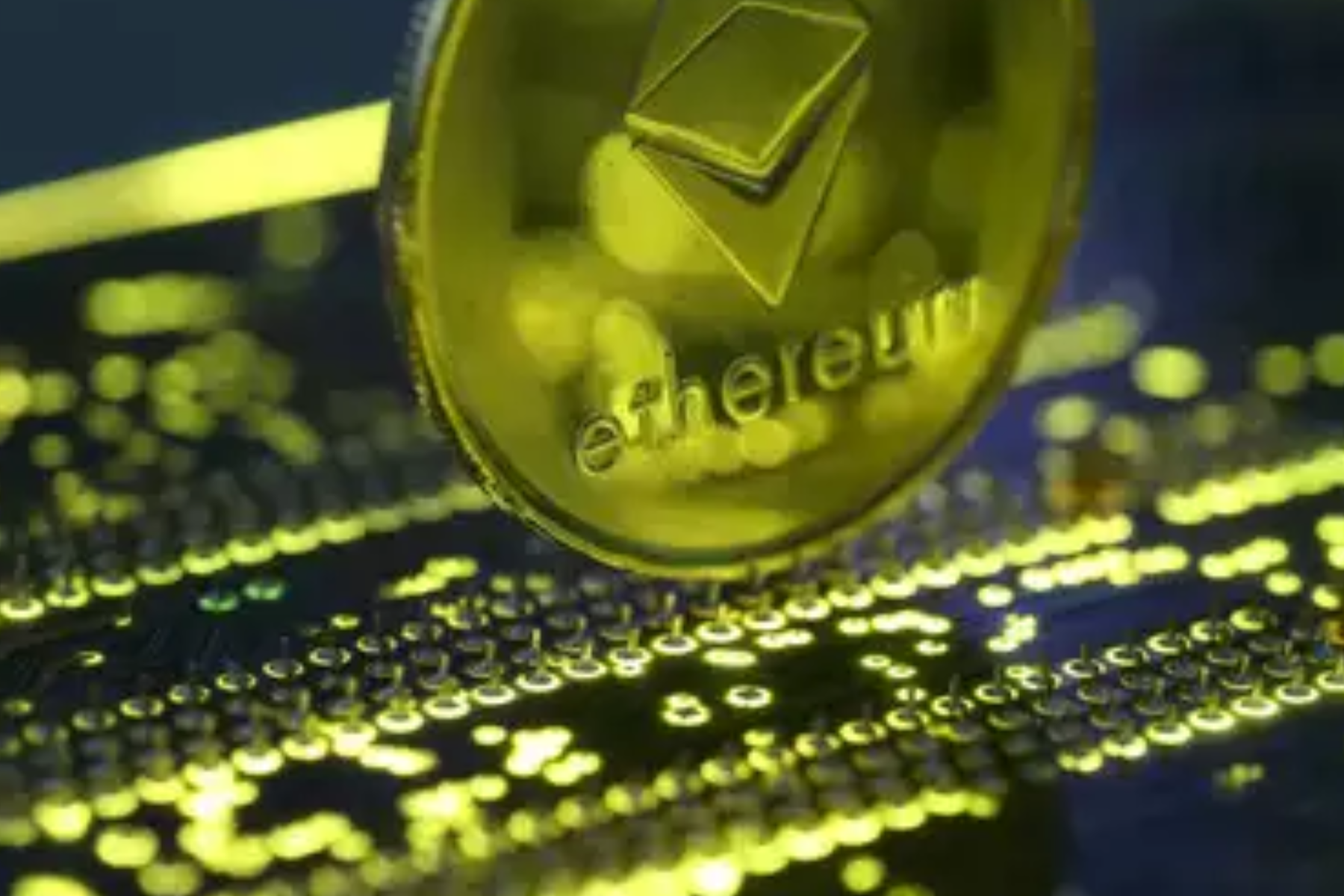In this article, we'll explore the world of NFT jewelry marketplacesand discuss how you can get started.
In recent years, the concept of non-fungible tokens (NFTs) has taken the digital world by storm. From art to music, NFTs have disrupted the traditional ways of ownership and monetization of digital assets.
Now, the world of jewelryhas also joined this revolution with the emergence of NFTjewelry marketplaces.
NFT jewelry marketplaces allow individuals and brands to create and sell digital jewelry that is unique, scarce, and valuable. These digital pieces of jewelry can be bought, sold, and traded like physical jewelry, but with the added benefits of being secure, transparent, and easily transferable.
Understanding NFTs And Digital Jewelry
Before we dive into NFT jewelry marketplaces, let's take a brief look at what NFTs and digital jewelry are.
Non-Fungible Tokens (NFTs)
An NFT is a unique digital asset that is stored on a blockchain. Each NFT is one-of-a-kind and cannot be replicated or exchanged for another asset on a one-to-one basis.
NFTs allow creators to claim ownership and sell their digital creations as unique, authenticated, and valuable items.
Digital Jewelry
Digital jewelry is a piece of jewelry that exists purely in the digital world. It can be created using 3D modeling software and can be viewed and worn using virtual reality or augmented reality technologies.
The Emergence Of NFT Jewelry Marketplaces
NFT jewelry marketplaces have emerged as a natural extension of the NFT revolution. These marketplaces allow jewelry designers and brands to create and sell digital jewelry as NFTs. Some of the popular NFT jewelry marketplaces include:
- Jewelry- Jewelry is an NFT jewelry marketplace that allows designers to create and sell digital jewelry using the Ethereum blockchain. The marketplace also allows buyers to view and try on the jewelry using augmented reality technology.
- Gems- Gems is an NFT marketplace that focuses on digital assets related to the luxury industry, including digital jewelry. The platform allows designers to create and sell their digital jewelry as NFTs while ensuring authenticity and uniqueness.
- Jewelry NFT- Jewelry NFT is a marketplace that enables jewelry designers to create and sell digital jewelry as NFTs using the Binance Smart Chain. The platform also allows buyers to view and try on the jewelry using virtual reality technology.
How To Create And Sell Digital Jewelry As NFTs
If you're a jewelry designer or brand looking to enter the world of NFT jewelry marketplaces, here's a step-by-step guide on how to create and sell digital jewelry as NFTs.
Step 1 - Create Your Digital Jewelry
To create digital jewelry, you'll need to use 3D modeling software such as Blender, Maya, or SketchUp. You'll also need to have a good understanding of jewelry design principles and techniques.
Step 2 - Mint Your NFT

7 Examples of Jewelry Brands Using NFTs
After you have finished designing your digital jewelry, you will need to "mint" it on a blockchain as a non-fungible token. During this step, your digital jewelry will be uploaded to a smart contract that is hosted on the blockchain.
The smart contract will then generate a one-of-a-kind digital token for your jewelry.
A blockchain platform such as Ethereum, Binance Smart Chain, or Flow may be utilized in the minting of your NFT.
Because each platform has its own set of prerequisites and prices, you will need to do some research to determine which one is the most suitable for your purposes.
Step 3 - List Your NFT On An NFT Jewelry Marketplace
After your NFT has been minted, you will need to put it up for sale on a marketplace that specializes in NFT jewelry. During this stage of the procedure, you will be required to create a listing on the market and assign a price to your digital jewelry.
You may also be able to set royalty fees on some markets, which means that if someone resells your jewelry in the future, you will earn a percentage of the item's new value as payment.
When creating your listing, you'll need to provide a detailed description of your digital jewelry, including its unique features and any special attributes.
You'll also need to upload high-quality images or videos of your jewelry, so potential buyers can get a better idea of what they're buying.
Step 4 - Promote Your NFT
Once your NFT is listed on an NFT jewelry marketplace, you'll need to promote it to potential buyers.
You can do this by sharing your listing on social media platforms, reaching out to influencers in the jewelry or NFT space, and using targeted advertising to reach your desired audience.
It's also important to engage with potential buyers and answer any questions they may have about your digital jewelry. Providing excellent customer service can go a long way in building a loyal following of buyers and collectors.
Step 5 - Transfer Ownership Of Your NFT
When a buyer purchases your NFT, you'll need to transfer ownership of the token to them. This process is typically handled by the marketplace where your NFT is listed, and it involves transferring the token from your wallet to the buyer's wallet on the blockchain.
It's important to ensure that the transfer is complete and that the buyer has received the token before finalizing the sale.
Advantages And Challenges Of NFT Jewelry Marketplaces
Like any new technology, NFT jewelry marketplaces come with their own set of advantages and challenges. Here are a few of the main ones to consider.

NFTs and the $13B marketplace, explained
Advantages
- Authenticity and Uniqueness- NFTs provide a way to authenticate and verify the ownership of digital assets, including digital jewelry. This ensures that each piece of jewelry is unique and cannot be replicated or copied.
- Easy Transferability- NFTs can be easily transferred from one wallet to another on the blockchain. This makes buying, selling, and trading digital jewelry much easier and more efficient than traditional methods.
- New Revenue Streams- NFT jewelry marketplaces provide a new revenue stream for jewelry designers and brands. They can create and sell digital jewelry as NFTs, which can be sold and resold on the marketplace, generating income for the creator each time it changes hands.
Challenges
- Market Saturation- With the increasing popularity of NFTs, the NFT jewelry marketplace is becoming more crowded, making it harder for new creators to stand out.
- Lack of Physicality- While digital jewelry can be viewed and worn using virtual or augmented reality technologies, it doesn't have the same physicality or tangible value as physical jewelry.
- Technical Expertise Required- Creating and minting NFTs require technical expertise and a good understanding of blockchain technology. This can be a barrier to entry for some creators.
People Also Ask
Here are some common questions people ask about NFT jewelry marketplaces:
Are NFTs A Good Investment For Jewelry Collectors?
NFTs can be a good investment for jewelry collectors who are interested in owning unique and scarce digital jewelry. However, like any investment, it comes with risks and uncertainties.
Can NFT Jewelry Be Displayed In A Physical Gallery Or Museum?
While NFT jewelry exists purely in the digital world, it can be displayed in physical galleries or museums using virtual or augmented reality technologies.
How Are Royalties Paid In NFT Jewelry Marketplaces?
Royalties are paid automatically to the creator's wallet on the blockchain when the NFT is resold on the marketplace. The creator can set the percentage of the resale value that they receive as a royalty fee when they initially mint the NFT.
What Are Some Popular NFT Jewelry Marketplaces?
Some popular NFT jewelry marketplaces include:
- OpenSea
- SuperRare
- Nifty Gateway
- Rarible
- KnownOrigin
Conclusion
NFT jewelry marketplaces provide a unique opportunity for jewelry designers and brands to create and sell digital jewelry as NFTs. With the increasing popularity of NFTs, this market is growing rapidly, providing new revenue streams for creators and collectors alike.
While there are challenges to consider, such as market saturation and technical expertise required, the advantages of NFTs, such as authenticity, easy transferability, and new revenue streams, make them a promising option for the future of the jewelry industry.
If you're interested in exploring the world of NFT jewelry marketplaces, follow the step-by-step guide provided in this article, and start creating your own unique digital jewelry today.

